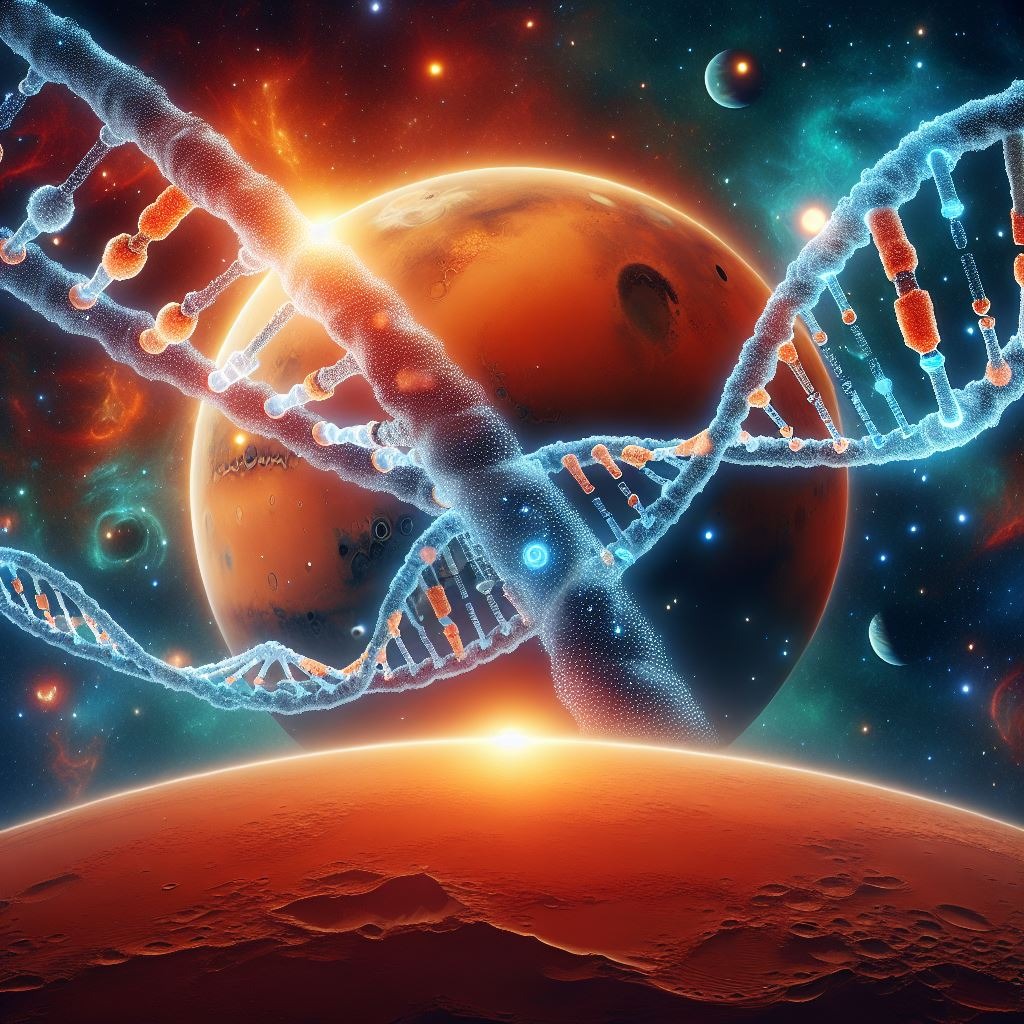
An extraordinary discovery comes from the Red Planet: on Mars have been detected complex organic molecules, the longest ever identified to date on its surface. They were identified by an international research team led by the National Centre for Scientific Research (CNRS) French, thanks to data collected by the NASA's Curiosity rover. The study was published in the prestigious scientific journal PNAS (Proceedings of the National Academy of Sciences).
Long, carbon-rich molecules: what does it mean?
The molecules discovered are carbon chains up to 12 atoms long, very similar in structure to the fatty acids that are produced on Earth by living organisms. These molecules, defined organic due to the presence of carbon, are not proof of life per se, but represent a potential clue of past biological processes.
These are, in fact, structures more complex of the organic ones found so far on Mars, a sign that the planet may have hosted in the past life-supporting environments.
A result of collaboration and technology
The discovery is the result of the analysis conducted with SAM (Sample Analysis at Mars), an instrument on board the Curiosity rover that has been exploring the Martian surface since 2012. The research team consists of French, US, Mexican and Spanish scientists, demonstrating the global nature of space research.
According to the authors, the dry and cold climate of Mars may have contributed to the preservation of these molecules for billions of years.
Towards the future: the ExoMars 2028 mission
The discovery represents an important springboard for future missions, in particular for ExoMars 2028, a collaboration between the’European Space Agency (ESA) and the NASA. The aim of this mission will be precisely the detailed analysis of Martian chemistry, in search of more obvious biological traces.
Life on Mars? Perhaps we are not so far from the answer
Although the discovery does not yet represent definitive proof of the presence of life on Mars, strengthens the hypothesis that microbial life forms may have existed in the past. The long organic molecules detected are a powerful clue, reminding us how much we still have to learn about our planetary neighbour.
The journey towards understanding the life beyond Earth continuous, one carbon atom at a time.